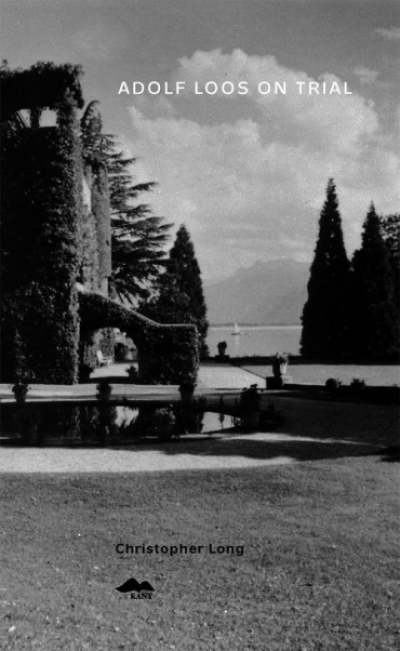
Adolf Loos on Trial
In early September 1928, the police in Vienna arrested the famed architect Adolf Loos. The charge was child molestation. Two young girls (and eventually a third), ages 8 to 10, alleged that Loos had touched them inappropriately and caused them to commit indecent acts while he was drawing nudes of them. Almost immediately, the press caught wind of the arrest, and a great scandal ensued. What followed was a very public affair that culminated in a sensational trial. The case became a cause célèbre, pitting Loos and his supporters against his many detractors. But the accompanying controversy was about more than whether Loos was guilty or not: like almost everything in Austria in the late 1920s, those involved and the public at large saw the events through powerful political and cultural lenses. The arrest and subsequent trial not only set the forces of the right against those of the left, but, also, the city’s avant-gardists against their conservative critics.











